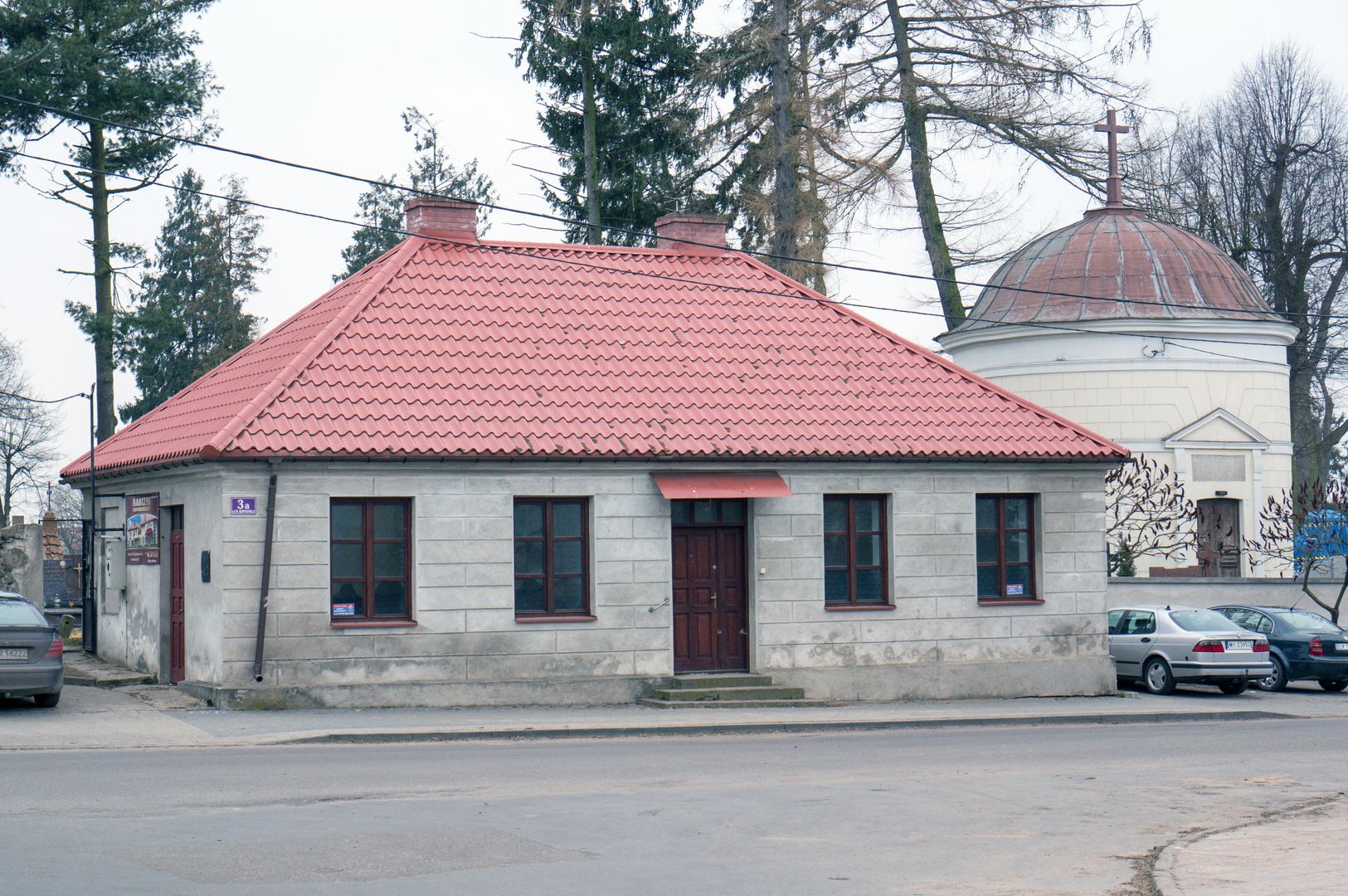Łomża Cathedral Cemetery
6.84

Overview
The Łomża Cemetery Complex, one of the oldest necropolises in Poland, was established in the early 19th century when the grounds for the Roman Catholic cemetery were designated in 1801. Over the years, Evangelical and Orthodox cemeteries were added, and the boundaries between them gradually blurred. Today, these three burial grounds function as a complex of denominational and municipal cemeteries. The cemetery is characterized by its architectural richness, including over 560 historic tombstones in various styles such as Classicism, Neo-Gothic, and Eclecticism. Inscribed in the register of monuments in 1985, the Łomża cemetery testifies to the evolution of funerary art in Poland. It is worth noting that the cemetery grounds include significant structures such as the Gravekeeper's House, the Śmiarowski Family Chapel, and a belfry from 1886. The cemetery's fencing, including its Neo-Romanesque and Neo-Gothic gates, has also been granted monument status. The cemetery is the final resting place of many notable figures, such as Feliks Bernatowicz, Jakub Waga, Mikołaj Grekowski, and contemporary clergy, including auxiliary bishops. Despite numerous renovations, burials no longer take place in this cemetery, with new graves being located in the new cemetery on Przykoszarowa Street. The Łomża Cemetery Complex combines cultural, historical, and architectural aspects, forming an important element of local identity.
Location
Tickets
Powered by GetYourGuide
2025 Wizytor | All Rights Reserved